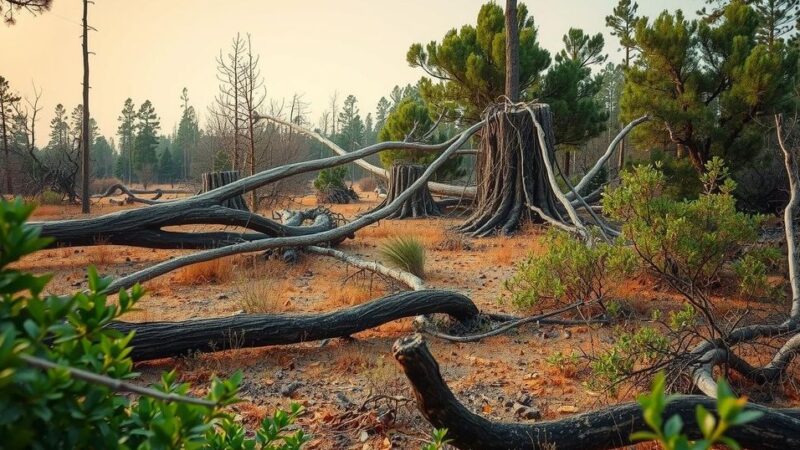Youth from the Columbia Climate School in Vermont engaged in intensive study and strategy development for climate action during a summer program, culminating in community-driven Climate Action Projects. Their initiatives tackled local climate issues while navigating challenges typical of institutional processes. This collaborative effort showcases the impactful role of youth in fostering sustainability and change, highlighting their potential as community leaders.
Last summer, a group of 60 students gathered in Vermont’s Green Mountains to learn about climate change and develop actionable solutions. They synthesized their skills and passions with their potential influence as youth, pinpointing local climate challenges. After designing detailed project plans, these students presented their ideas to industry experts for constructive feedback before returning to their communities to implement their initiatives.
We connected with three students—Anna P., Vaishnavi S., and Katana K.—from the Columbia Climate School’s summer 2024 program. Over two weeks, they engaged with knowledgeable peers and Columbia experts through lectures and fieldwork, culminating in the creation of Climate Action Projects to address specific local issues.
Anna, a Virginia sophomore, expressed enthusiasm for the Inflation Reduction Act (IRA), inspired by its potential benefits. “I learned there are dozens of incentives, tax credits and rebates, but a lot of people aren’t leveraging them because it’s complex; it’s all on different websites.” She plans to create a user-friendly website to help people navigate these resources more effectively.
Vaishnavi, a senior from Washington State, was actively identifying solar energy options in her community when she attended the program. Her project focuses on installing solar panels on K-12 schools. Reflecting on her experience, she stated, “What I learned, as a youth, when working with state or city institutions, is that your priorities may not be the same as their priorities.”
Katana, also a sophomore, initially aimed to replace cafeteria plastic utensils with reusable ones. However, she faced challenges regarding community involvement and financial constraints. She has since shifted her focus to enhancing composting options and researching biodegradable utensils, asserting, “That’s not going to cut it for long-term change.”
Despite facing obstacles, the students recognized the importance of collaboration. Vaishnavi advised, “Find people with influence who have the same goals and determination to get it done that you have.” She emphasized setting clear project goals to stay motivated and on track.
Katana plans to assume leadership of her Climate Action Club and is determined to achieve positive change within her school system. “If they expect this of us, then they shouldn’t be surprised when we actually want to make change,” she said, highlighting the responsibility educational institutions have in nurturing student leaders.
Anna anticipates launching her website, “Save Money, Reduce Emissions,” in the upcoming spring, proactively seeking to increase its visibility and user engagement through social media and community outreach. She noted, “There’s so much more I want to learn and have to learn; however, it’s also one of my strengths.”
Laurel Zaima-Sheehy, assistant director at the Climate School, remarked, “Young people have incredible power in the climate movement and are stepping up as community leaders. The goal is for the climate work to continue long after the program is over. This is the work of our lifetime!”
For further details about the Columbia Climate School in the Green Mountains program, please visit our website and FAQs, or sign up for our pre-college mailing list to stay informed on future offerings.
The participatory efforts of students at Columbia Climate School demonstrate the potential of youth to effect significant climate action within their communities. By developing project plans, collaborating with experts, and overcoming challenges, these young leaders embody the spirit of resilience and innovation necessary for tackling climate change. Their experiences underscore the need for support and flexible strategies in navigating bureaucratic processes while striving to achieve environmental goals.
Original Source: news.climate.columbia.edu






